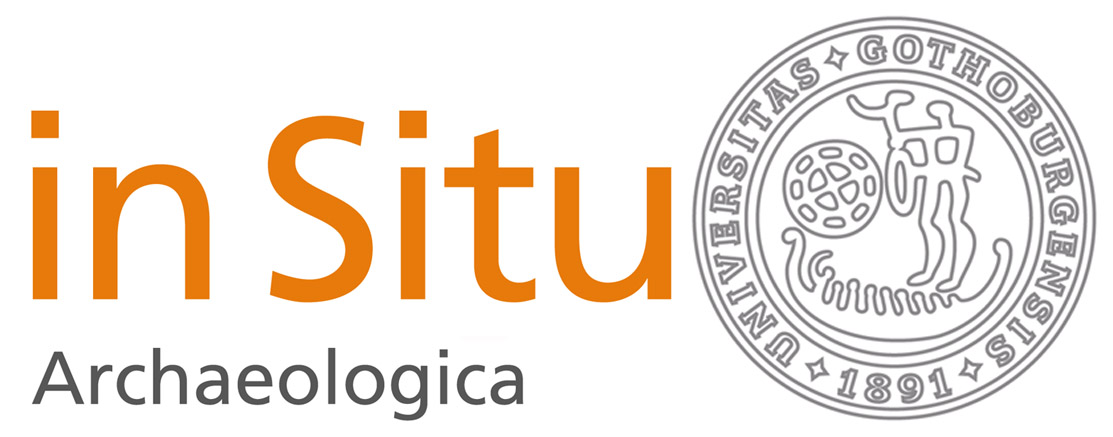Gravstolpar och långtida meningssammanhang - Begravningsplatsen i Vittene
DOI:
https://doi.org/10.58323/insi.v4.12748Keywords:
Järnålder, Gravar, urnor, Vikingatid, MedeltidAbstract
The article discusses the results of the excavations of the burial ground at Vittene in the county of Västergötland. The oldest monument in the burial ground is a singular Bronze Age stone-setting. During the Late Pre-Roman Iron Age a number of urn graves are located immediately to the south of this monument. One of the aims is to clarify how Pre-Roman Iron Age urn graves originally were visualized above ground. The results show that large wooden posts in some cases were used to mark the individual graves during this period. The burial ground was abandoned in the first century AD. Almost 800 years later, in the Viking Age, the ancient burial ground has become ”recolonized”. Several circular stone-settings, larger mounds, stone circles and a shipformed monument are constructed. The last burials are 11th century inhumations conducted in rectangular stone-settings, thus indicating influences from christian burial customs and traditions. The authors interpret the Viking Age re-use of the ancient burial ground as a projection of the past, the cult of ancestors and myths into the landscape. In the Viking Period the old graves and the whole burial ground became the focus for a population´s collective memories. Through the re-use society created its history.
Downloads
Downloads
Published
How to Cite
Issue
Section
License
Authors contributing to In Situ Archaeologica agree to publish their articles under a Creative Commons License. This gives third party different rights to use the material under certain conditions. These rights is defined by which license the article is published and it is the third partly responsibility to ensure that the license is fullfilled in any re-use of the material. Authors always retain copyright of their work and any re-use of the material presumes that appropriate credit is given the author, a link is provided to the license, and any changes made are clearly indicated.



